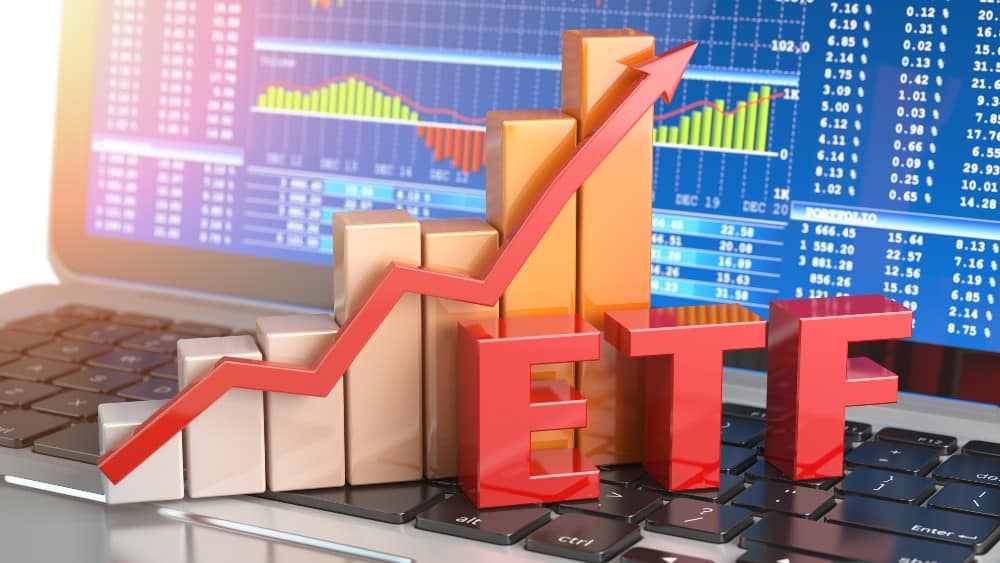What is better: timing the market or time in the market? Timing the market is a gamble — you buy the dip and sell the rally within a set time frame. But the stock market is unpredictable in the short term and predictable in the long term. For instance, after the 2009 financial crisis, a value investor knew that the market would recover in the next three to five years. ETFs are a cost-efficient way to get exposure to the overall market or trend.
Spend time in the market
If you look at the historical performance of the S&P 500 Index, the average recovery period for a 20-40% decline is 15 months and 58 months for over 40% decline. The stocks that recovered are those that had demand on their side. This shows that spending time in the market can get you good returns.
Picking the right stock can be challenging. Hence, invest in ETFs, which have a portfolio of stocks that focus on emerging trends. An ETF tracks a market index, giving you the benefit of the collective wisdom of the market.
Two emerging Canadian ETFs to buy and hold for five years
I have identified two emerging Canadian ETFs with significant growth potential in the next five years.
- BMO Clean Energy Index ETF (TSX:ZCLN)
- Purpose Bitcoin ETF (TSX: BTCC.B)
Clean Energy ETF
The energy market is undergoing a significant shift from fossil fuel to clean energy. Renewable energy has been around for over a decade and gave little returns due to technological and adoption challenges. However, times have changed.
Major economies are targeting net-zero carbon emissions by 2050. The onset of the Russia-Ukraine war has accelerated the need to reduce dependence on Russian oil and natural gas. Europe’s 10-point plan will focus on deploying wind and solar projects and maximizing energy from nuclear and bioenergy. This has opened doors for clean energy.
You can get exposure to this emerging trend through the BMO Clean Energy Index ETF. Founded in January 2021, this ETF tracks the S&P Global Clean Energy Index. It invests in 76 global stocks related to clean energy like electric and multi utilities, renewable energy, semiconductors, and oil and gas. Its top three holdings are Enphase Energy, Vestas Wind Systems, and Consolidated Edison. For $21 a unit and a management expense ratio (MER) of 0.4%, the ETF gives you exposure to the clean energy supply chain.
The ETF dipped 30% since inception but surged 18% since the war broke on February 24. Its price will be highly volatile in the short term, as the clean energy trend is still emerging. The next five years are crucial, as the trend gathers momentum and new projects come online. The ETF can give you a good blend of income and growth due to its exposure to dividend-paying utilities and growth stocks like semiconductors.
Bitcoin ETF
Another emerging trend is crypto. U.S. president Joe Biden has signed an executive order to assess the risks and benefits of cryptocurrency and other digital assets. All of these are positive signs toward the adoption of crypto. The world’s first crypto Bitcoin will be the key beneficiary. An easier way to get exposure to Bitcoin prices is through the world’s first crypto ETF, Purpose Bitcoin ETF, which holds 30036.49 BTC (on the date of writing). It is an alternative investment and has a higher MER of 1%.
According to a National Bank of Canada report, Purpose Bitcoin ETF saw a net inflow of $294 million in March, accounting for 46% of its assets under management. The ETF surged over 100% in the 2021 crypto bubble and fell 36% when the bubble burst. You can invest in this ETF and hold it for the next five years. If the crypto adoption materializes, this ETF could give you significant growth.








